XBRL: One digital language to report for them all
- May 6, 2024
- 5 minutes
What is XBRL?
XBRL (eXtensible Business Reporting Language), managed by a global not-profit consortium XBRL International, is a standardised data exchange format which enables the financial and non-financial reporting requirements to be made available for the companies in unambiguous, digital manner.
XBRL, sometimes referred to as “interactive data”, is a markup language that adds tags to the individual piece of financial and non-financial data. The XBRL taxonomies are treated as dictionary used to define the tags, data concepts, rules and relations between them and make sure they’re consistent across different reports. And XBRL instances refer to the actual financial reports that are filed in XBRL format and include facts linked to the taxonomy. Such facts are associated with a context that determines the identify of the declaring entity, including the date or period of each fact.
Taxonomies and instances can be created and processed using XBRL software, like our ATOME solutions used by financial institutions for data collection, data modelling and regulatory reporting purposes.
XBRL is deployed in more than 60 countries worldwide. As of February 2024, a total of 216 XBRL implementations had been established around the world, primarily serving regulatory and supervisory purposes.
XBRL-based digital financial reporting in EU
With the European Securities and Markets Authority’s (ESMA) ESEF regulation now fully established as part of the annual reporting process, companies across the EU use electronic reporting format to prepare and submit their annual financial reports.
According to the European Single Electronic Format (ESEF) mandate that came into force in January 2020, listed companies, issuers whose securities are admitted to trading on EU regulated markets, are required to prepare annual reports in the digital xHTML format. If the annual financial report contains the consolidated financial statements prepared in accordance with International Financial Reporting Standards (IFRS), it is required to include the relevant Inline XBRL (iXBRL) elements according to the ESEF taxonomy.
ESEF reporting provides the financial sector with an opportunity to shift from PDFs into the digital realm, automating data collection and enhancing the accuracy, transparency and comparability of financial and non-financial data in the near future.
Non-Financial Data
A company’s financial performance is essential, but it’s not all that matters to regulators and investors. The relevance of ESG (environmental, social, and governance) data to the public is steadily increasing.
Reflecting the political agreement on the Corporate Sustainability Reporting Directive (CSRD), as from 1 January 2024, undertakings will be required to follow the ESEF by preparing their management reports in the XHTML format and marking-up sustainability information.
Sustainability data reporting will be also standardized using the same format according to the European Sustainability Reporting Standards (ESRS) XBRL Taxonomy.
In the context of ESRS, an “XBRL taxonomy” refers to a directory or classification scheme that defines and structures data elements for sustainability reporting according to the standard. Digital reporting using the ESRS XBRL taxonomy aims to improve accessibility to sustainability data and facilitate its analysis and comparison. Additionally, the standardized format clarifies compliance with ESRS requirements.
XBRL and technology put analysis to work for you
No one wants to merely look at data; everyone seeks holistic insights. In the past, business leaders, investors, and analysts from both private and public financial sectors lacked a simple way to research financial information of other companies on a global scale. Unless they were willing to sift through hundreds of pages of quarterly and annual reports for each company, finding the desired data was a daunting task.
With XBRL, conducting comprehensive and detailed research takes only seconds. As XBRL continues to evolve, an increasing number of financial professionals are learning to delve beyond the quantitative aspects to gain insights into the qualitative. They explore global or regional trends, perform peer-to-peer analyses, investigate financial results and growth areas, and study other ESEF filers’ common practices to streamline their own process of preparing/tagging the financial reports in XBRL.
Analysts typically prioritize examining data from large multinational corporations, often overlooking smaller companies due to limited capacity. Traditionally, smaller companies have remained relatively obscure. However, XBRL is changing this pattern by providing equal access to all publicly available information, irrespective of company size, thereby putting all on the same level.

Our company provides an ATOME Forces platform that allows to compile, analyse and create visualizations of financial and soon non-financial data reported in XBRL to get holistic insights.
The platform was designed to meet the needs of usual users of XBRL data, including competent authorities such as central banks and supervision commissions, which collect financial reports from companies, as well as business registers, stock exchanges, consultants, business analysts, auditors, investors, and professional communities.
With ATOME technology at hand, they can extensively leverage analysis of data reported in XBRL and also provide valuable insights to the public regarding companies within a specific country or region.
No one wants to look at data; everybody seeks insights. In the past, there was no simple way for business leaders, investors, analysts from private and public financial sectors to research other companies’ financial information on a global scale. Unless they were willing to sift through hundreds of pages of quarterly and annual reports for each company, they would have a hard time finding the data wanted.
With XBRL, conducting comprehensive and detailed research takes only seconds. As XBRL continues to evolve, an increasing number of financial professionals are learning to delve beyond the quantitative aspects to gain insights into the qualitative. They explore global or regional trends, perform peer-to-peer analyses, investigate financial results and growth areas, and study ESEF tagging practices of other companies when preparing financial reports.
Analysts typically prioritize examininh data from large multinational corporations, often overlooking smaller companies due to limited capacity. Traditionally, smaller companies have remained relatively obscure and underserved. However, XBRL is altering this trend by providing equal access to all publicly available information, irrespective of company size. By offering the same access to all publicly available information, regardless of company size, XBRL is putting every company on the same level.
Our company provides an ATOME platform that compiles, analyses and creates visualizations of financial and soon non-financial data reported in XBRL.
Usual users of XBRL data include competent authorities such as central banks and supervision commissions, which collect financial reports from companies, as well as business registers, stock exchanges, consultants, business analysts, auditors, investors, and professional communities. These users leverage XBRL analysis extensively also to offer insights to the public regarding companies within a specific country or region.


